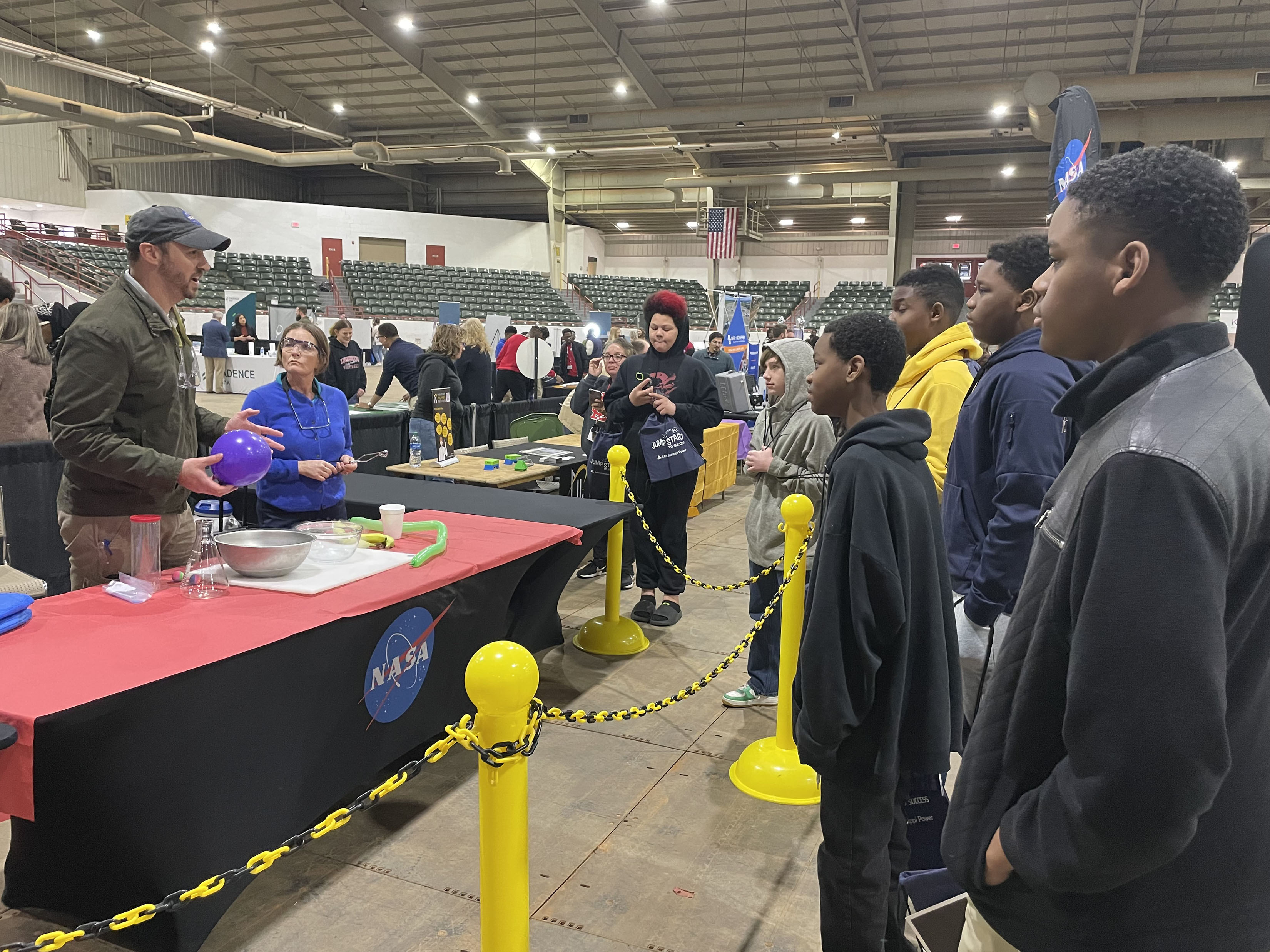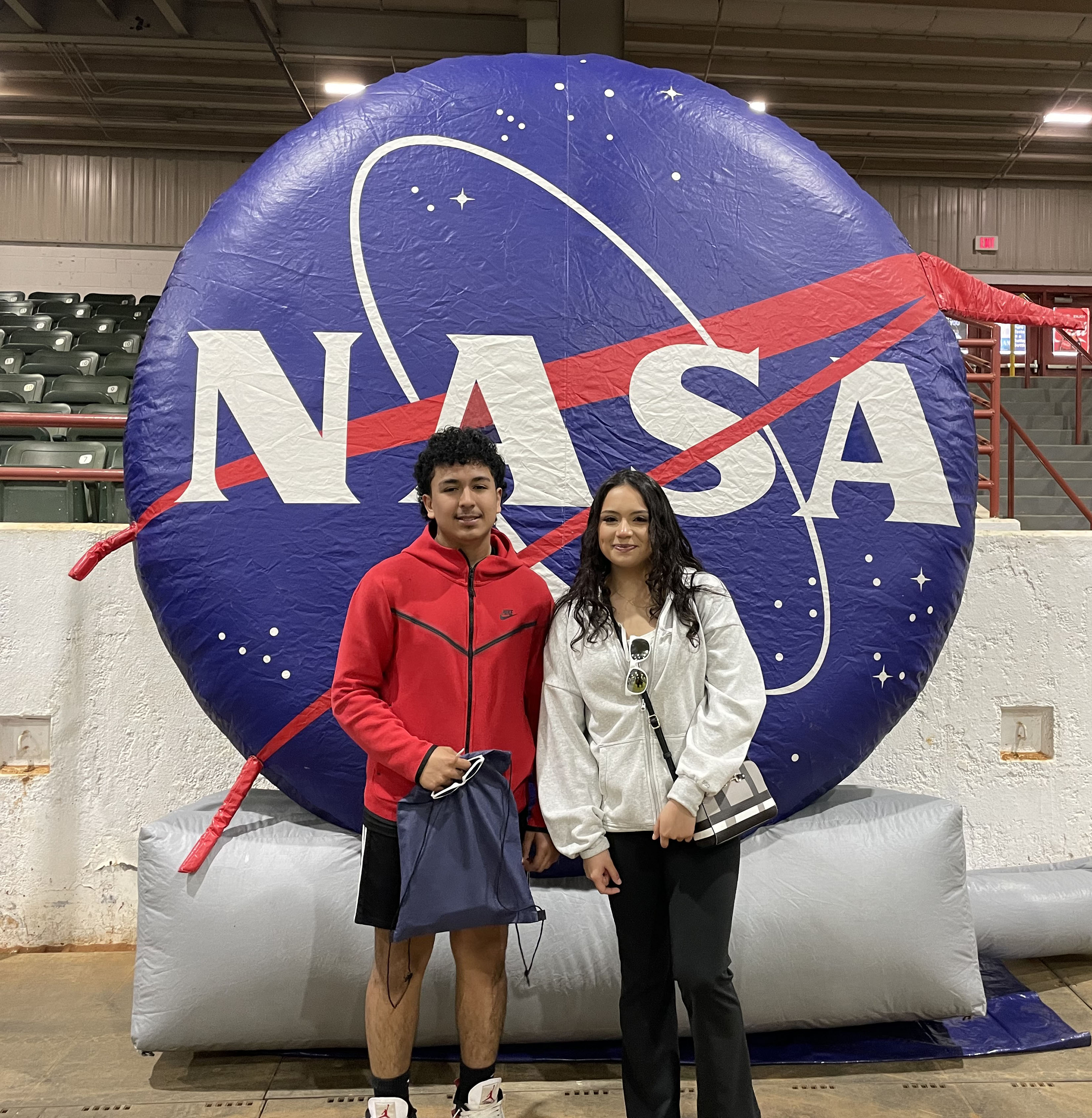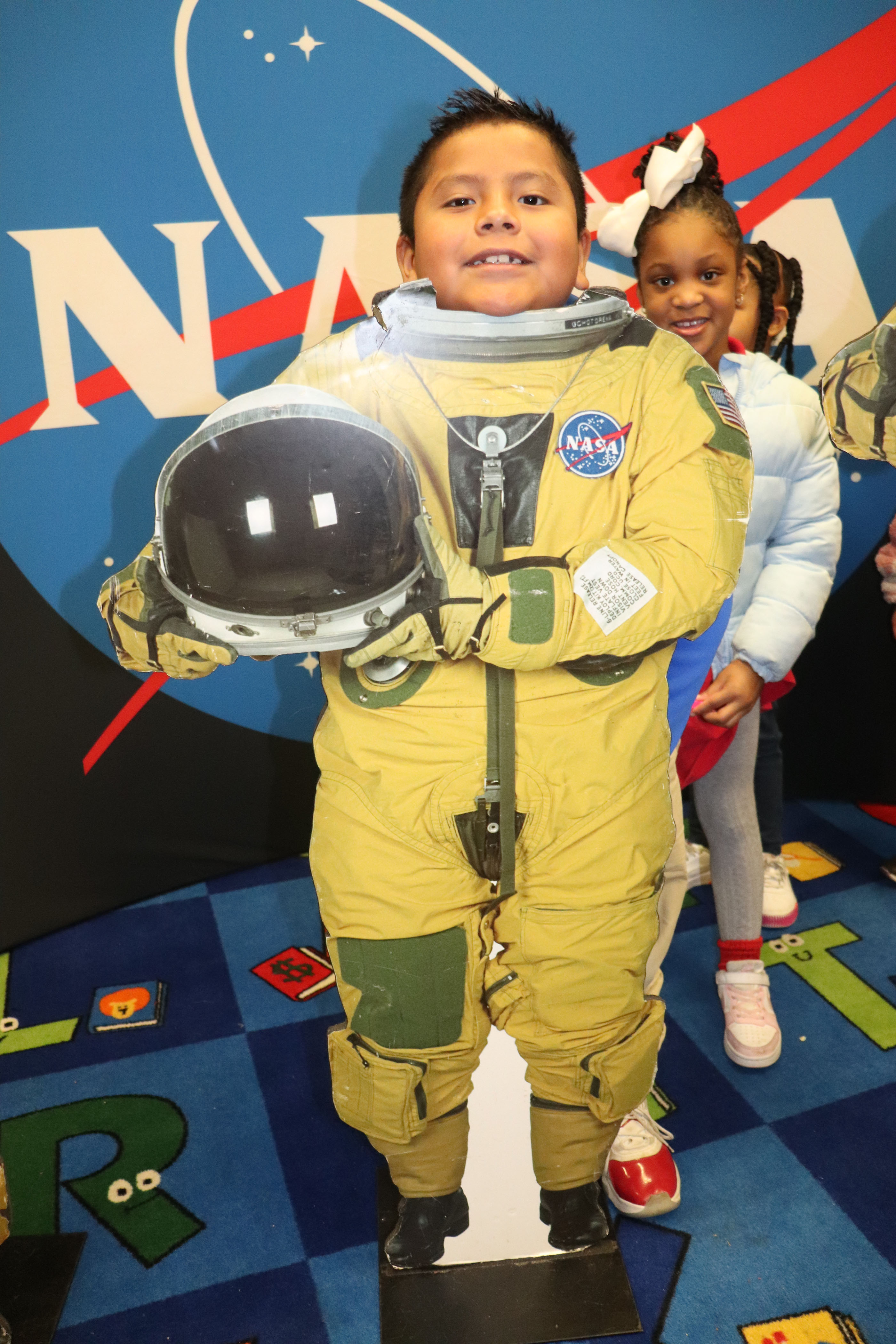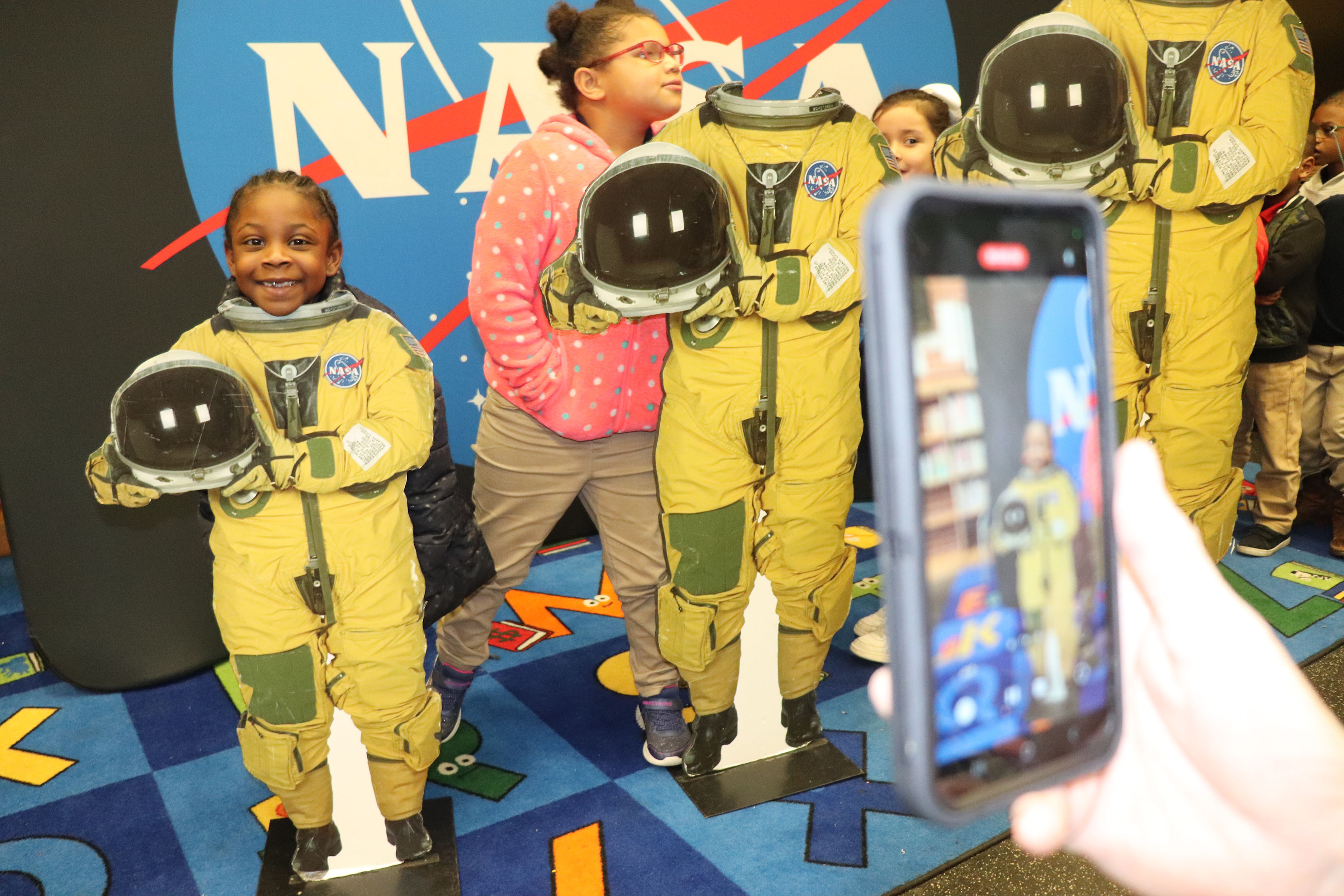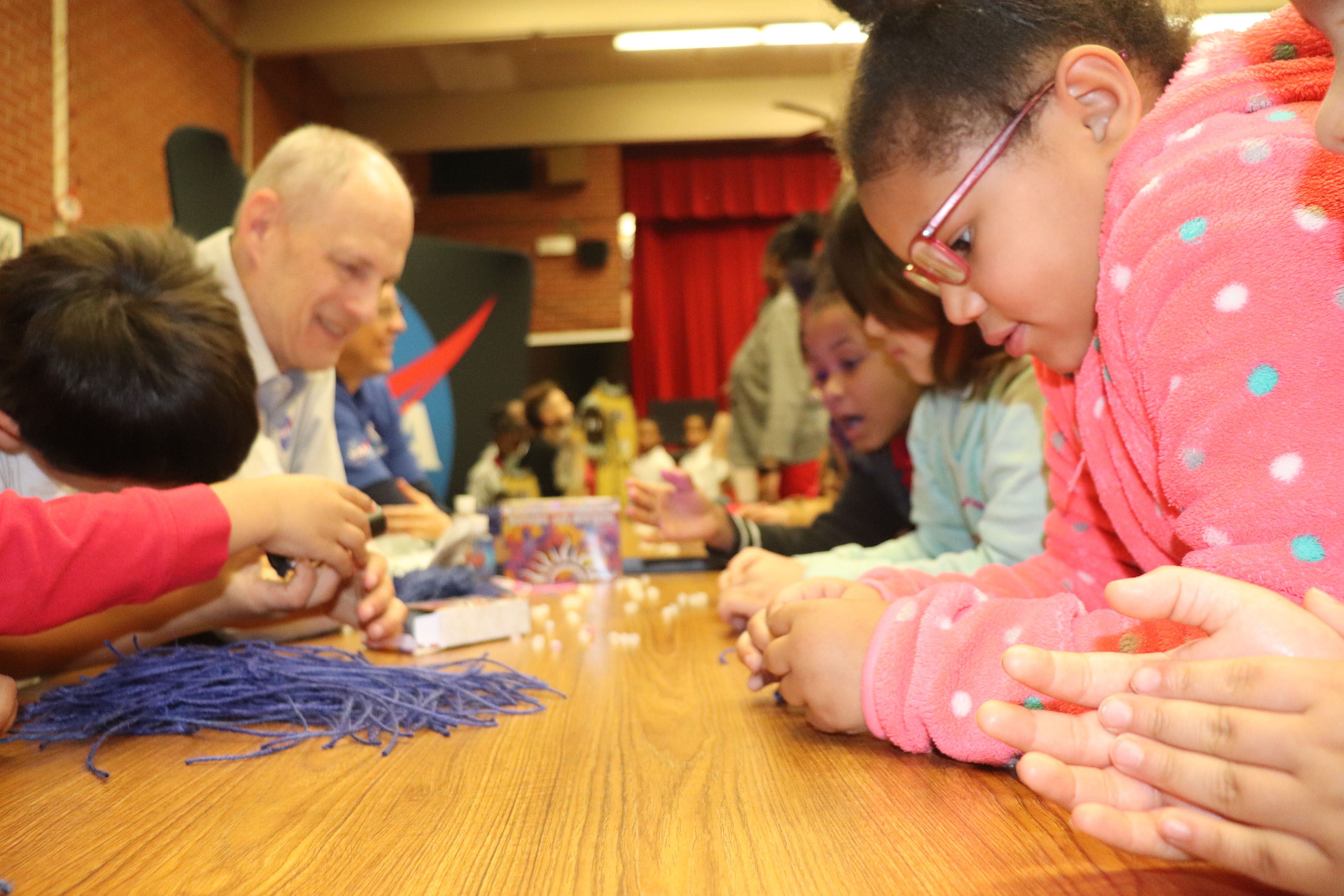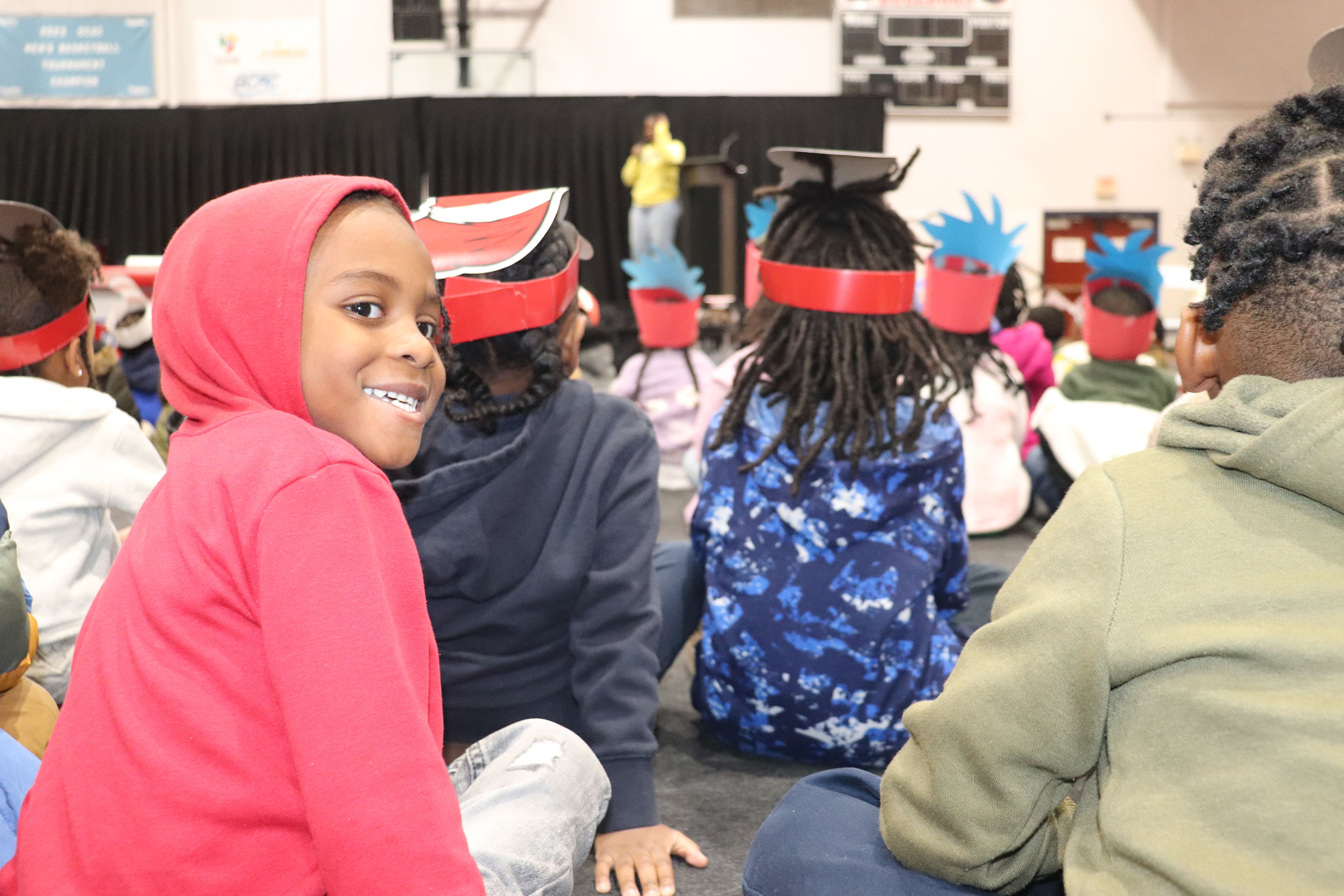Lagniappe for March 2024
Explore the March 2024 edition featuring: Gator Speaks Closing out February and coming into March has Gator fired up, and rightfully so! Recent weeks and upcoming events remind us all how we are in a golden era of space exploration as NASA inspires the world through discovery. For the first time in more than half […]

Lagniappe for March 2024

Explore the March 2024 edition featuring:
- NASA Stennis Capitol Day
- NASA Enters Second Half of Key RS-25 Engine Certification Series
- NASA Stennis Celebrates Milestone for Historic Autonomous Systems Mission
Gator Speaks
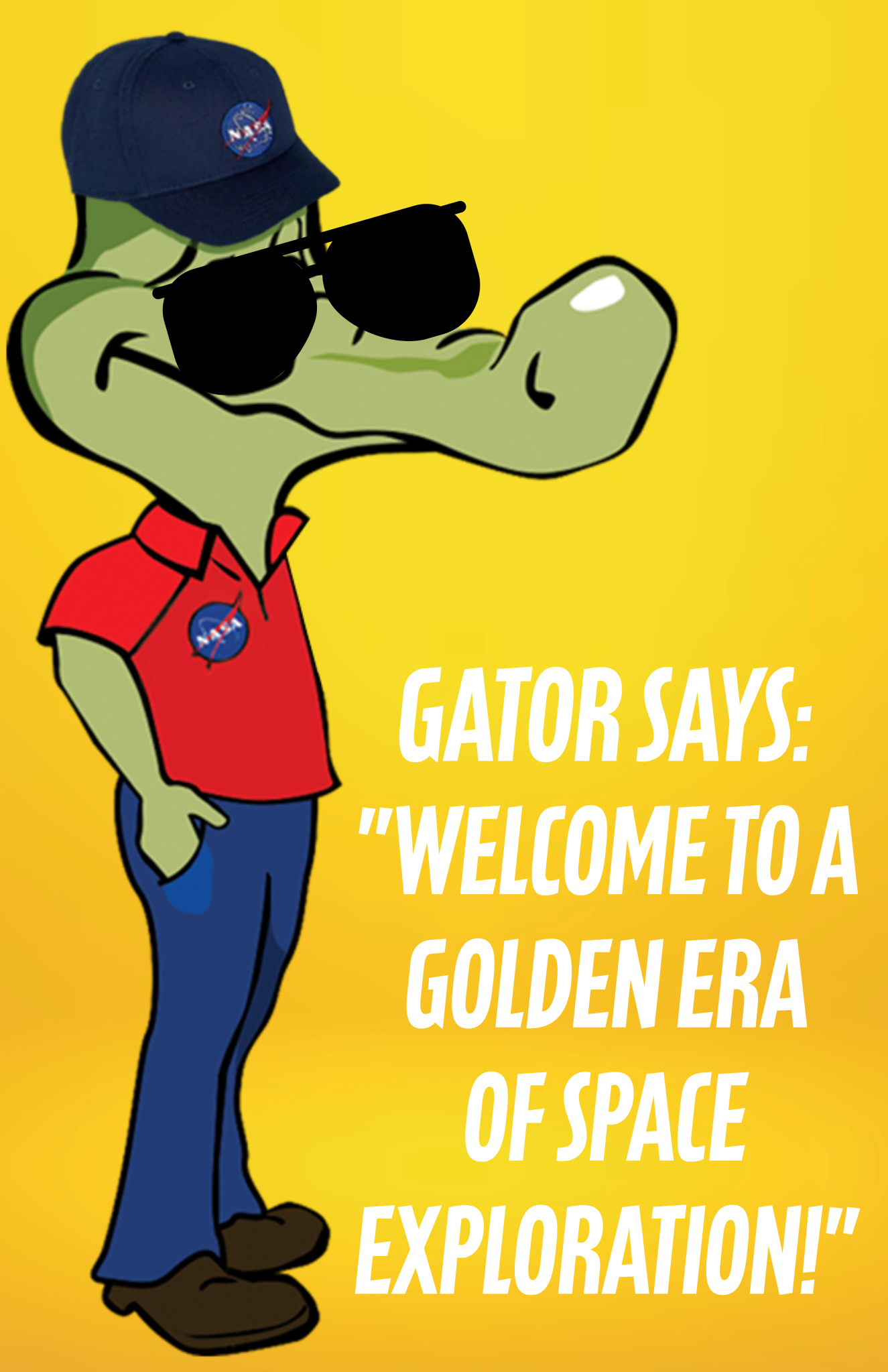
Closing out February and coming into March has Gator fired up, and rightfully so!
Recent weeks and upcoming events remind us all how we are in a golden era of space exploration as NASA inspires the world through discovery.
For the first time in more than half a century, America returned to the Moon on Feb. 22 during the eighth day of a quarter-million-mile voyage under NASA’s Commercial Lunar Payload Services initiative with an Intuitive Machines lander named Odysseus. This Odysseus landing on the lunar South Pole makes way for future commercial deliveries to the Moon, along with future Artemis missions that will see humans return to the Moon, Mars, and beyond.
Speaking of Artemis, NASA Stennis is expected to carry out multiple RS-25 engine hot fires this month in the key test series for future Artemis flights of NASA’s SLS (Space Launch System) rocket.
Another example of NASA and NASA Stennis working with a commercial partner comes in the form of the first ever in-space autonomous systems mission involving NASA Stennis as a payload rider. The payload, part of project ASTRA (Autonomous Satellite Technology for Resilient Applications), is expected to launch soon on the Sidus Space LizzieSat TM small satellite.
In March, NASA will celebrate Women’s History Month. I invite you to read how one NASA Stennis employee’s interest in computer science brought her to the south Mississippi site, where she has become the first at NASA Stennis to reach a particular certification that showcases her dedication and level of skill to the job.
Can you feel it? The spring weather is here, and that shine outside is not only the Sun, but also this golden era of space exploration we all get to take part in and enjoy.
NASA Stennis Top News
NASA Leaders Participate in Annual Stennis Day at the Capitol
Leaders from NASA’s Stennis Space Center and NASA Shared Services Center visit Jackson, Mississippi, in late February to share site updates with state leaders during the annual Stennis Day at the Capitol.
NASA Stennis Celebrates Milestone for Historic Autonomous Systems Mission
NASA’s Stennis Space Center and Sidus Space, Inc., marked another milestone February 15 for the Center’s first-ever in-flight autonomous systems software mission as a payload rider on the Sidus Space LizzieSatTM small satellite.
NASA Enters Second Half of Key RS-25 Engine Certification Series
NASA conducts a full-duration RS-25 hot fire Feb. 23 on the Fred Haise Test Stand at NASA’s Stennis Space Center near Bay St. Louis, Mississippi, continuing a key test series for future Artemis flights of NASA’s SLS (Space Launch System) rocket. During the seventh test of the 12-test series, operators fired the certification engine for 550 seconds and up to a 113% power level. The hot fire followed installation of a second production engine nozzle that will provide additional performance data on the upgraded unit. The test series is the second, and final, series to certify restart production of the upgraded engines by lead contractor Aerojet Rocketdyne, an L3Harris Technologies company. New engines will help power NASA’s SLS rocket on Artemis missions to the Moon and beyond, beginning with Artemis V. NASA and Aerojet Rocketdyne modified 16 former space shuttle engines for use on Artemis missions I through IV. NASA completed an initial 12-test certification series with the upgraded components in June 2023. Four RS-25 engines fire simultaneously to help launch each SLS rocket, producing up to 2 million pounds of combined thrust.

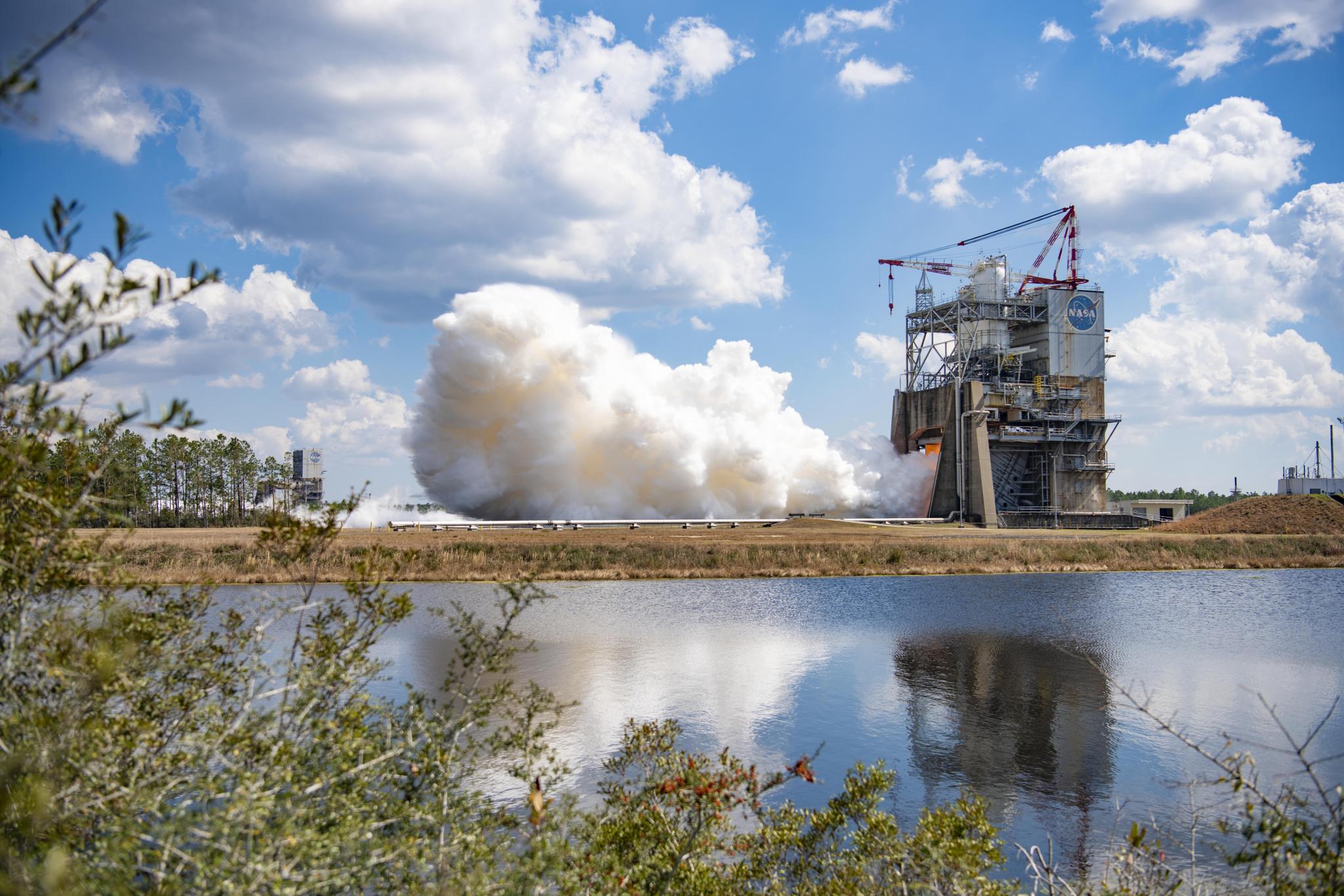


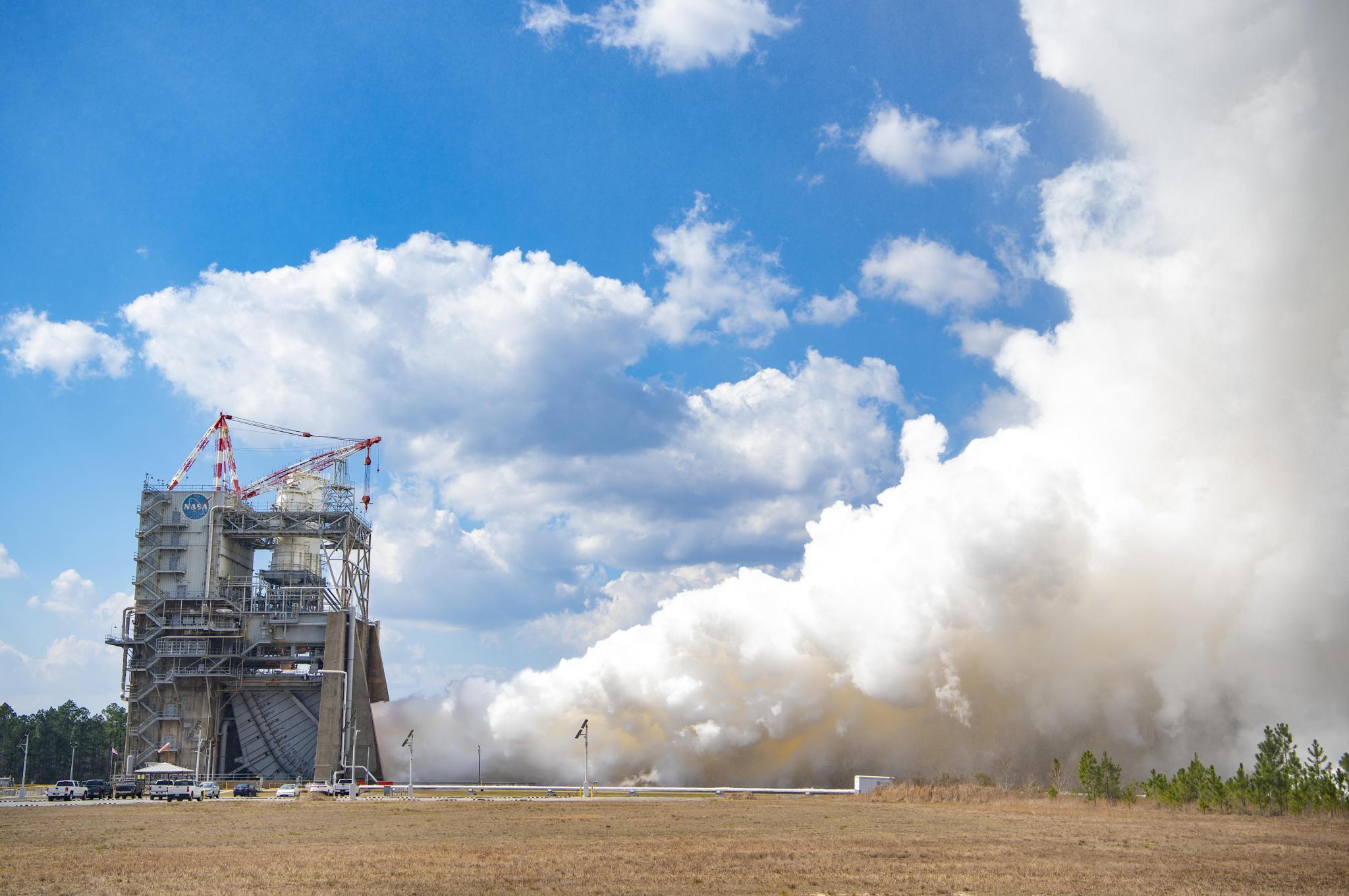
NASA Caps Off February with RS-25 Engine Certification Test
NASA conducted a full-duration RS-25 hot fire Feb. 29 on the Fred Haise Test Stand at NASA’s Stennis Space Center near Bay St. Louis, Mississippi, continuing a key test series for future Artemis flights of NASA’s SLS (Space Launch System) rocket. The hot fire to certify new production RS-25 engines for SLS marked only the second ever Leap Day engine test. Fourty-four years ago on Feb. 29, 1980, before the first space shuttle launch, a test-fire occurred for RS-25 engine #0009. Both tests were conducted on the Fred Haise Test, previously known as the A-1 Test Stand at NASA Stennis. The Feb. 29, 2024, hot fire is the second test following installation of a second production engine nozzle that will provide additional performance data on the upgraded unit. It also marked the eighth in a 12-test series to certify production of new RS-25 engines by lead contractor Aerojet Rocketdyne, an L3Harris Technologies company, to help power NASA’s SLS rocket on Artemis missions to the Moon and beyond, beginning with Artemis V. The current series is the second and final series to certify restart production of the upgraded engines. NASA completed an initial 12-test certification series with the upgraded components in June 2023. Four RS-25 engines fire simultaneously to help launch each SLS rocket, producing up to 2 million pounds of combined thrust.


Center Activities
NASA Stennis Inspires Students at Hattiesburg Event
NASA Participates in Jackson State University Events
NASA Engages the Artemis Generation in Capital City
NASA in the News
- Artemis II Crew, Recovery Teams Train for Final Phase of Moon Mission – NASA
- NASA’s LRO Images Intuitive Machine’s Odysseus Lander – NASA
- How the 2024 Total Solar Eclipse Is Different than the 2017 Eclipse – NASA Science
- The Iconic Photos from STS-41B: Documenting the First Untethered Spacewalk – NASA
- Groundbreaking Results from Space Station Science in 2023 – NASA
Employee Profile

Rae Anderson never set out to have a career with NASA, but the pursuit of opportunities around her interest in computer science led the Union City, Tennessee native to the agency that explores the secrets of the universe for the benefit of all.
Additional Resources
Subscription Info
Lagniappe is published monthly by the Office of Communications at NASA’s Stennis Space Center. The NASA Stennis office may be contacted by at 228-688-3333 (phone); ssc-office-of-communications@mail.nasa.gov (email); or NASA OFFICE OF COMMUNICATIONS, Attn: LAGNIAPPE, Mail code IA00, Building 1111 Room 173, Stennis Space Center, MS 39529 (mail).
The Lagniappe staff includes: Managing Editor Lacy Thompson, Editor Bo Black, and photographer Danny Nowlin.
To subscribe to the monthly publication, please email the following to ssc-office-of-communications@mail.nasa.gov – name, location (city/state), email address.
What's Your Reaction?



















.jpg?#)




























